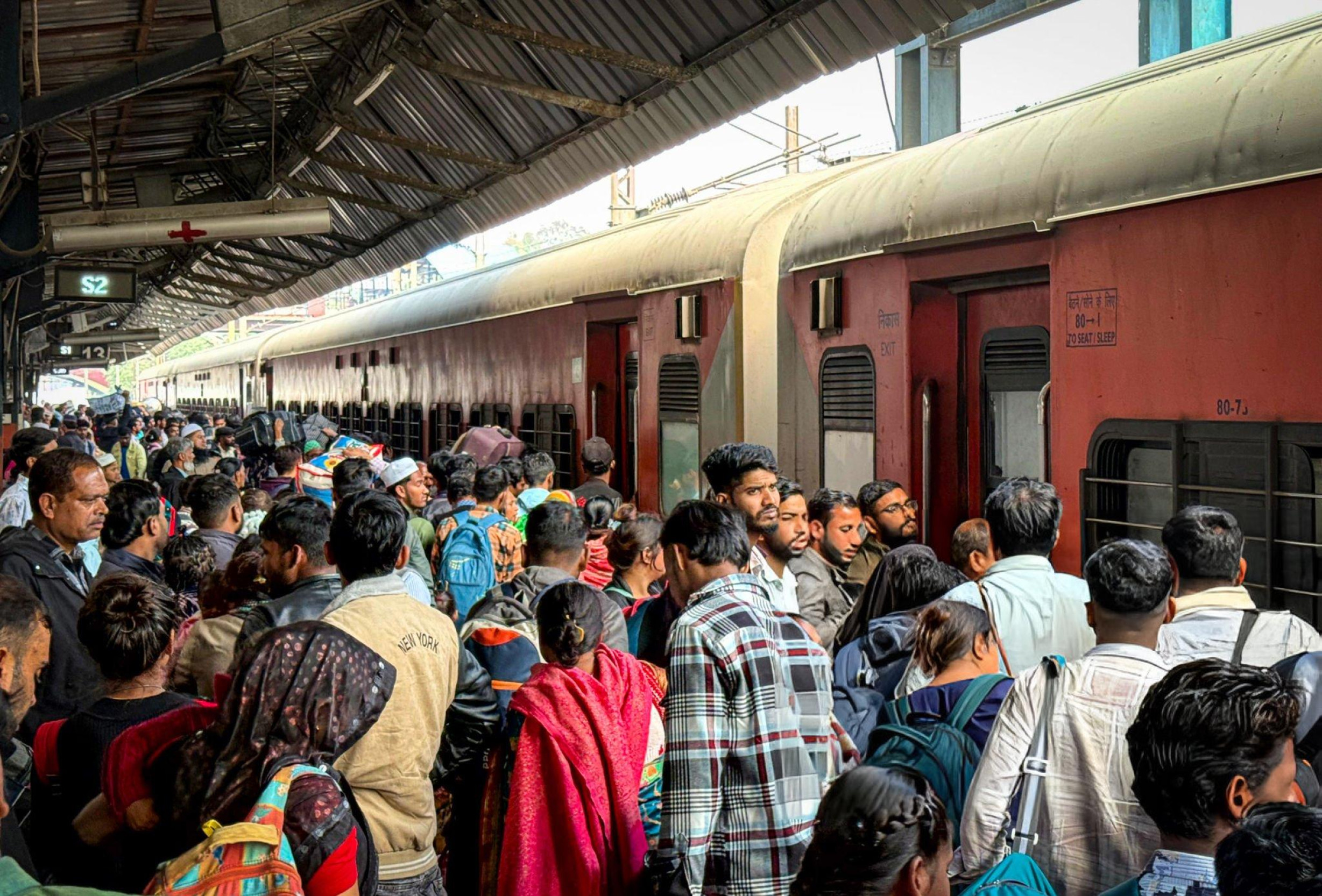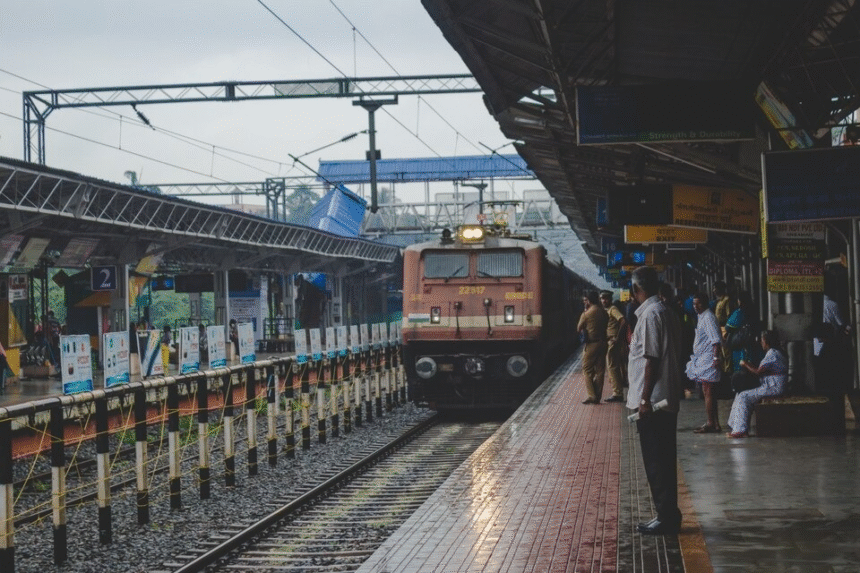Why Indian Trains Don’t Run on Time: 8 Key Reasons
India boasts one of the largest railway networks in the world, transporting over 23 million passengers daily. However, train delays in India remain a widespread issue. Whether you’re a daily commuter or a long-distance traveler, chances are you’ve asked yourself, why are Indian trains always late?
Let’s explore the main reasons behind Indian Railways’ punctuality problems—and what’s being done to fix them.

1. Congested Railway Network
Indian Railways faces severe congestion on major routes. Key corridors such as Delhi–Mumbai and Delhi–Kolkata handle both passenger and freight trains, often exceeding their capacity. When one train is delayed, it creates a domino effect, disrupting dozens of others.
2. Outdated Infrastructure and Technology
A significant portion of India’s railway system relies on aged infrastructure, including century-old tracks and manual signaling. While modern trains like Vande Bharat are capable of high speeds, they’re restricted by outdated tracks and slow signaling systems.
3. Weather and Natural Disruptions
Fog in North India, flooding during the monsoon, and landslides in hilly regions often bring trains to a standstill. The lack of advanced weather-response systems adds to the delays.
4. Priority Given to Premium Trains
Indian Railways prioritizes premium trains like Rajdhani, Shatabdi, and Vande Bharat. This means regular passenger trains often get sidelined to allow faster trains to pass, delaying their schedules even further.
5. Maintenance Work and Track Blocks
Ongoing maintenance or emergency repairs often require temporary track closures. These blocks usually occur during peak hours due to a lack of alternatives, disrupting dozens of trains.
6. Unrealistic Scheduling
Many trains are given overly tight timetables that don’t account for ground realities like overtakes, slow stretches, or station congestion. Unrealistic train schedules often lead to systemic delays.
7. Staff Shortages and Operational Gaps
With many positions in Indian Railways unfilled—especially loco pilots and signal operators—the workforce is stretched thin. These human resource gaps contribute to operational inefficiencies and delay management.
8. Too Many Stops and Heavy Passenger Load
Trains that make frequent stops, especially in rural and semi-urban areas, lose significant time in boarding and deboarding. This, combined with heavy passenger volumes, leads to cascading delays.
What’s Being Done to Improve Train Punctuality?
Despite the challenges, Indian Railways is actively working on multiple fronts:
-
Track doubling and electrification on high-density routes
-
Automatic signaling systems to improve efficiency
-
Introduction of Kavach, India’s indigenous train safety system
-
Expansion of dedicated freight corridors
-
Use of AI-powered rail traffic management










